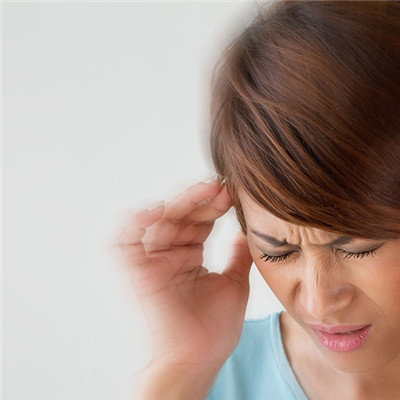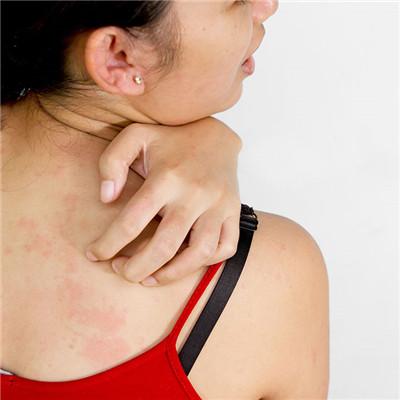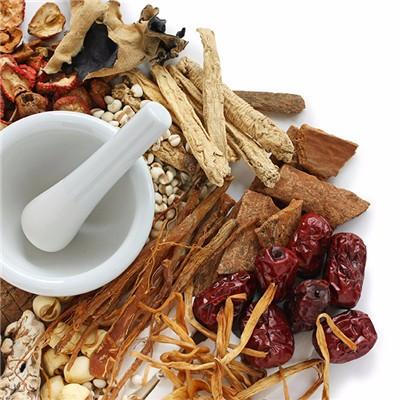Symptoms of thalamic glioma?
summary
The location of thalamic tumor is deep, and its symptoms are caused by the damage of brain structure or adjacent structures. The first symptom is often headache, and then the corresponding clinical symptoms gradually appear. In the early stage, the tumor only separates and compresses the surrounding brain tissue. Later, with the invasion of the tumor to the surrounding tissue, such as invading the brain stem along the wall of the ventricle or spreading to the contralateral thalamus through the middle mass, the patient will have various types of clinical symptoms. The clinical manifestations are as follows.
Symptoms of thalamic glioma?
1. Sensory disturbance appeared earlier, generally from a certain part of the opposite side of the lesion, and gradually extended to the half side of the body. Deep sensory disturbance occurred earlier and obviously than shallow sensory disturbance. Deep sense disorder is often manifested as ataxia and cortical sensory loss. Some patients can also show limb agnosia, that is, they can not detect their own limbs have hemiplegia. Shallow sensory impairment is more obvious in the distal part of the limb.

2. Hemiplegia: when the thalamic tumor develops outward and affects the internal capsule, it can be manifested as incomplete hemiplegia of the contralateral limb. Mental symptoms: the development of the tumor to the anteromedial thalamus can lead to mental symptoms. The main manifestations are changeable mood, sluggish spirit, drowsiness, euphoria, excitement and so on.

3. Homonymous hemianopia; When the tumor infiltrates into the thalamus and occipitum, it often presents as homonymous hemianopia on the opposite side of the lesion. When the tumor affects the tetrad, the patient will have unequal pupil size, inability to look up in both eyes, tinnitus, hearing impairment, etc.

matters needing attention
(1) Avoid eating foods that contain carcinogenic factors, such as pickled products, moldy foods, barbecue smoked foods, etc. at the same time, avoid using some food additives, pesticide contaminated crops, etc( 2) Adjust the diet structure, intake nutritious and comprehensive food, intake food rich in protein, amino acids and vitamins, ensure a certain amount of fresh vegetables every day, advocate the intake of whole grain food, ensure a sufficient amount of trace elements and dietary fiber( 3) It is necessary to eat foods that are conducive to the excretion and detoxification of poisons, such as mung beans, red beans, wax gourd, watermelon, etc., so as to promote the excretion of poisons.
















